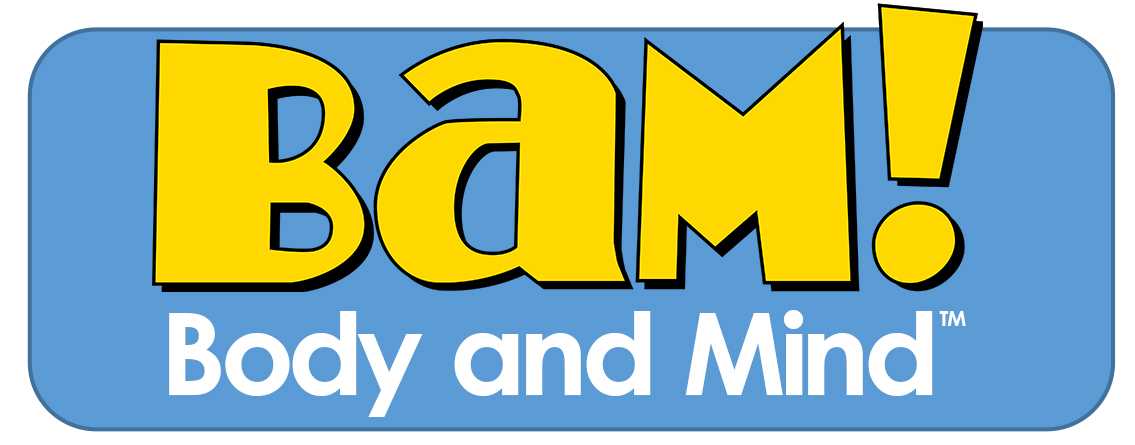Glossary
A-Z A | B | C | F | I | L | M | N | P | S | V
A
Alignment
Clear and direct relationship among standards, curricula, instructional materials, instructional methods, and assessments.
Assessment
Process of gathering evidence and documentation of a student’s learning.
B
Biomechanics
Application of scientific principles, such as force and power, in the study of human movement.
C
Components
Main elements of each national standard as determined by the National Standards of Physical Education (2004) publication and the panel of experts that guided the standards for the PECAT.
Content standard
What a physically educated student should know and be able to do.
Criterion-referenced assessment
Describes how well a student performs compared with a predetermined and specified standard of performance, as opposed to a norm-referenced assessment where a student’s performance is compared with a normative sample of other students.
Critical features of movement
Those elements (e.g., stepping forward on the opposite foot when throwing) of performing a skill deemed necessary for its correct execution.
F
Follow-up learning experience
The use of reviewing a concept or objective after it was initially introduced. See definitions for initial learning experience and learning experience.
Fundamental movement skills
Locomotor, nonlocomotor, and manipulative skills are all considered fundamental, as they form the basis for numerous forms of movement and advanced skill development. See definitions of locomotor, nonlocomotor, and manipulative.
I
Initial learning experience
The first time a movement or motor concept or skill is presented. See definitions for follow-up learning experience and learning experience.
L
Learning experience
Presentation of or subsequent participation in a movement or motor concept or skill. See definitions for initial learning experience and follow-up learning experience.
Locomotor skills
Basic motor skills involving a change of position of the feet and/or a change of direction of the body. Locomotor skills include walking, running, hopping, skipping, jumping leaping sliding, and galloping.
M
Manipulative skills
Basic motor skills involving handling an object. Manipulative skills include throwing, catching, kicking, trapping, and striking.
Mature form
The most efficient pattern of movement (e.g., for an overhand throw, stepping forward on the opposite foot, combined with hip rotation and appropriate follow-through).
Moderate physical activity
Intensity of physical activity that corresponds to 50-69 percent of an individual’s maximal heart rate. Examples include brisk walking and slow bike riding.
Motor development
The study of change in movement behaviors and motor skills across the life span.
Motor learning
The study of change in a person’s ability to perform a motor skill. The examination of a child’s changing ability to skip from kindergarten through sixth grade represents changes in motor learning.
N
Nonlocomotor skills
Movement of the body performed from a relatively stable base of support. Examples include bending, stretching, twisting, turning, leaning, swaying, and swinging.
P
Performance assessments (of students)
Direct observation and judgment of student products or performances. High-quality performance assessment uses pre-established performance criteria. In standards-based assessment, these criteria are taken directly from the standards.
Performance standard
The expected quality of student work and specifying "how good is good enough." In the PECAT, questions in the student assessment analyses reflect necessary components of each national standard of age-appropriate assessment of student performance.
Physical activity
Any bodily movement that is produced by skeletal muscle and that substantially increase energy expenditure.
Protocol (for student assessment)
Step-by-step instructions and/or directions for how to administer a specific assessment of student performance.
S
Sequence
The vertical articulation of a curriculum; it identifies, defines, and describes the skills and activities that should be covered on a yearly basis. Appropriate sequence ensures that students will be provided with different instruction at each grade-level range, so as to build on skills in an age-appropriate fashion.
Specialized movement forms
The more complex skills and movements unique to individual and team sports, dance, and gymnastics activities. Examples of specialized movement forms include the overhand serve in volleyball, the underhand clear in badminton, the handstand in gymnastics, and the grapevine step in dance.
Standards
Statements that identify the essential knowledge, skills, and attitudes that should be taught and learned in school. See definitions for content and performance standards.
Standards-based curriculum
A curriculum designed to produce student understanding and work that demonstrates achievement of standards.
V
Vigorous physical activity
Intensity of physical activity that corresponds to approximately 70 percent or more of an individual’s maximal heart rate. Examples include running, aerobic dance, singles tennis, swimming laps, and competitive basketball.
- Page last reviewed: June 24, 2015
- Page last updated: June 24, 2015
- Content source:



 ShareCompartir
ShareCompartir